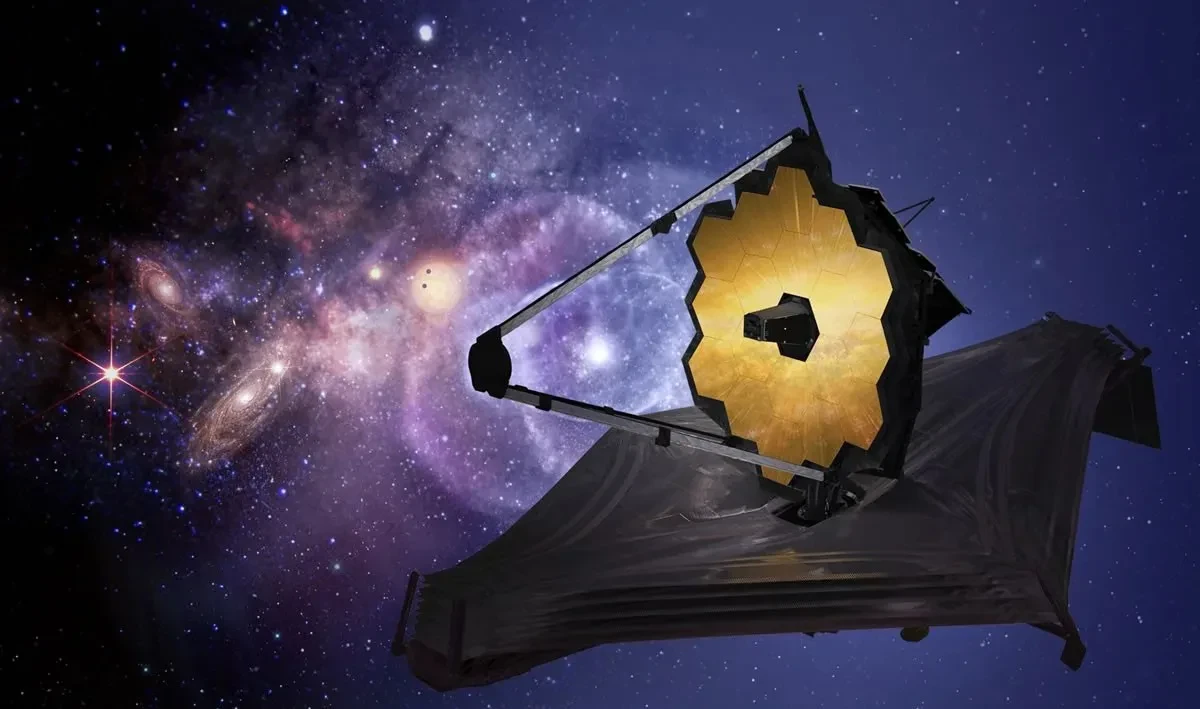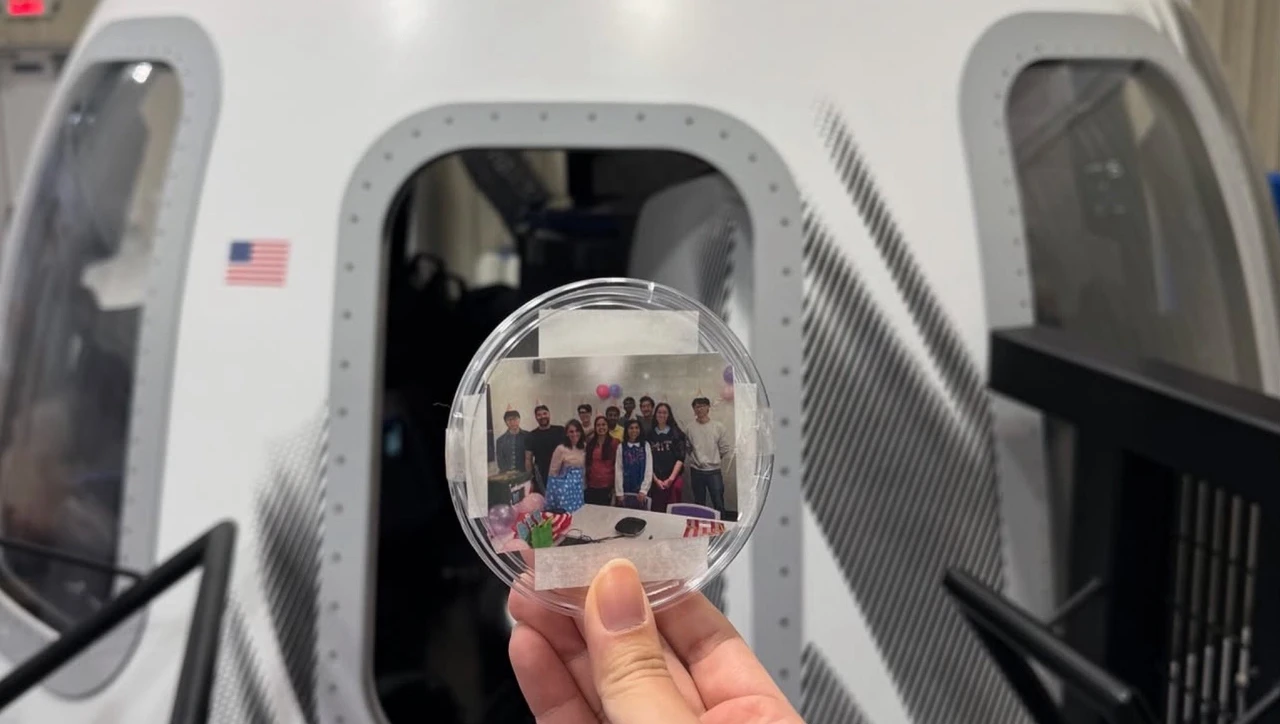James Webb Space Telescope discovers ancient black hole

The voracious black hole that emerged only 400 million years after the Big Bang might provide insights into the rapid growth of supermassive black holes
Using the James Webb Space Telescope (JWST), astronomers have uncovered the most distant and ancient black hole ever observed, consuming its host galaxy. This finding represents a significant leap in understanding how supermassive black holes attained masses equivalent to millions of billions of times that of the sun in the early stages of the universe.
Situated in the ancient galaxy GN-z11, the black hole resides 13.4 billion light years away, providing a glimpse into its state just 400 million years after the Big Bang.
Weighing approximately 6 million times the mass of the sun, the black hole appears to devour matter from its surrounding galaxy at a rate five times beyond the sustainable limit suggested by current theories.
Roberto Maiolino, the team leader at the University of Cambridge Department of Physics, characterized the finding as a significant advancement for black hole science.
“It’s very early in the universe to see a black hole this massive, so we’ve got to consider other ways they might form,” Maiolino said in the statement. “Very early galaxies were extremely gas-rich, so they would have been like a buffet for black holes.”
Source: Newsroom



